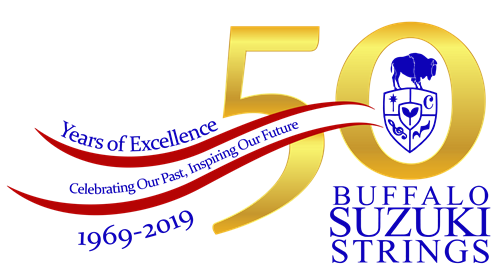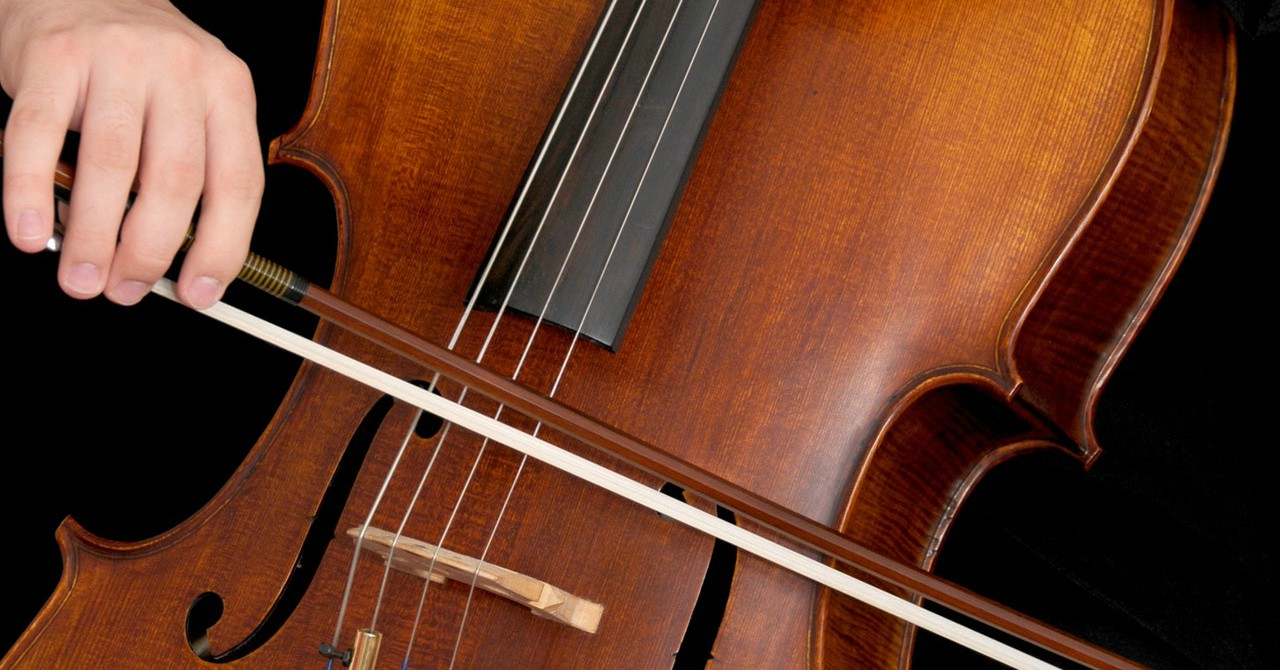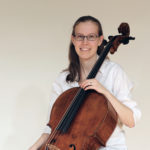This questions came up in a cello lesson recently. I asked my student to work on finding a beautiful sound, and his grandfather asked, “how do we do that at home?”
Dr. Suzuki said, “raise your ability with a piece you can play.”
What does it mean?
It means to work on HOW to play your instrument, you need to play something you know really well. If you’re focusing on finding the notes and figuring out the rhythm, there’s not much brain power left for analysis of technique. So, choose to play on open strings, or the notes of a scale, or Twinkle, or another very familiar review piece. Twinkle is awesome for tone work!
Change the key to match your working piece.
Change the rhythm to match a spot in your working piece.
That covers WHAT to play when working specifically on tone, but then comes the best part of the question:
How do I find that beautiful sound?
Short version:
Ask the student “do you like that sound?” If they answer “no,” or if YOU think it could be better, follow with “what can you change?”
Longer version:
1. Listen.
There is an amazing connection from the ear through the brain out to the arms and hands and rest of the body. Often when I ask a student to listen for a beautiful sound, they automatically and unconsciously make physical adjustments that change the sound they hear. Some students are really good at listening to their imaginary cello. They have a mental image of the sound they want to make that’s stronger than reality, and they need an adult to help them do a “reality check.”
2. Change how you move.
Since every sound comes from motion, to change your sound, you have to change how some part of your body moves.
As a cellist, I have a fairly standard list of suggestions:
1. Check your strong skeletal support. Straighten any slouches, and make sure the instrument is properly supported on the torso.
2. Check your bow hand. Is your thumb on its tip? Is it bendable? Are your fingers spaced appropriately? Are any fingers squeezing?
3. Is your bow on the highway? (contact point between fingerboard and bridge)
4. Arm weight. Are you letting your cello support your arm through your bow?
5. Play short units, as little as one note at a time.
This is easier for older students, but valuable for everyone. Readers can use their printed music. Younger kids may need more help with which notes to play since it’s not easy to remember where you are in the slowed-down version of their song.
My job as a teacher is to give the student the tools he or she needs to be able to make these adjustments for themselves. The parent’s job at home is to remind their child of what they already know. My favorite compliment is “wow, you fixed that yourself!”
Are you looking for more information?
An early beginning, a nurturing environment, quality musical training plus a strong partnership among parents, teachers and community are the cornerstones of the Buffalo Suzuki Strings philosophy. The faculty and staff at BSS, the oldest Suzuki Method program in Western New York, can provide the best nurturing environment for your child and family. Hundreds of WNY families have already come to embrace our educational philosophy and experience the added value of Suzuki-based music instruction.
Cello Instructor at Buffalo Suzuki Strings



